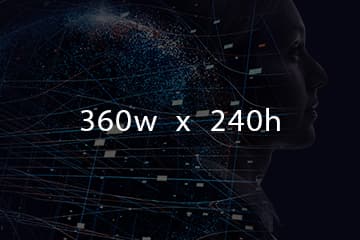What is a GPU?
A graphics-processing unit, or GPU, is a specialized electronic circuit designed to rapidly manipulate and alter memory to accelerate the creation of images in a frame buffer intended for output to a display device. GPUs are particularly effective at processing large blocks of data in parallel, which makes them excellent for rendering graphics, where many pixels on the screen can be processed simultaneously.
Originally, GPUs were used primarily for gaming and professional graphics workstations, where they handled tasks like 3D model rendering and high-resolution video playback. However, as GPUs have become more powerful, they've also found new roles, such as:
- Scientific computing: Researchers use GPUs for simulations and complex calculations due to their parallel processing capabilities.
- Artificial intelligence and machine learning: GPUs accelerate the training of machine-learning models because they can process multiple operations at the same time.
- Cryptocurrency mining: GPUs are used to compute the cryptographic hashes required for blockchain and mining digital currencies.
- Video editing and rendering: GPUs can quickly encode and decode video, making them useful for video editors and content creators.
GPUs are widely used in various industries and applications where high-performance computing and parallel processing capabilities are required. They work alongside CPUs to enhance overall system performance and enable faster execution of complex computational tasks.

